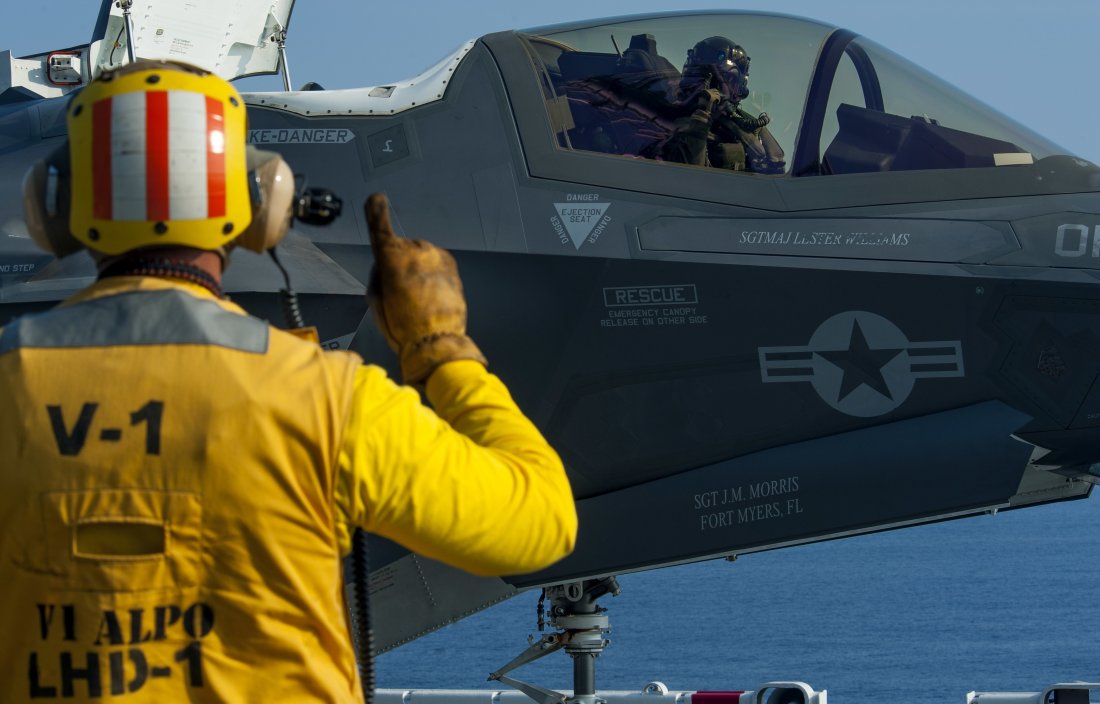by Edward Chang
President of Iran Hassan Rouhani threatened to close the Strait of Hormuz in response to potential sanctions that could be levied upon Iranian oil exports, threats which were echoed by the Islamic Revolutionary Guard Corps (IRGC). President Donald Trump has given countries until November 4, 2018, to stop importing petroleum from Iran. This wide-scale ban is part of a new campaign of confrontation and pressure against the Islamic Republic. This demand comes on the heels of the U.S. departure from the Joint Comprehensive Plan of Action (JCPOA), also known as the Iran nuclear deal, which was signed in 2015.
During negotiations, the JCPOA was marketed as the only option for curtailing Iran’s nuclear program short of war. Supporters of the deal routinely cited an increased risk of war in their arguments against exiting the deal and Rouhani’s statement, on the surface, appears to confirm such concerns. But how seriously should these threats be taken?
We’ve Been Here Before
Iran threatening to close the Strait of Hormuz is nothing new. In fact, as recently as 2012, the Obama administration had its own confrontation with Iran over the latter’s nuclear program. Iran threatened to close the Strait and carried out military exercises in the area, drawing a major United States, British, and French deployment in response. But a year later, both sides resorted to negotiations that led to the JCPOA.
In 2008, citing fears of a U.S. or Israeli attack, the commander of the IRGC, Mohammad Ali Jafari, threatened to close the Strait of Hormuz in retaliation. During the 1980–88 Iran-Iraq War, both sides targeted one another’s shipping as part of a total war effort, raising fears that Iran might attempt to make the Strait of Hormuz unpassable. Iran used mines as part of its strategy, eliciting an operation to safeguard Kuwaiti shipping, codenamed Operation Earnest Will. Beginning in summer 1987, it lasted over a year-and-a-half and involved increasingly direct combat between the United States and Iran, culminating in Operation Praying Mantis in spring 1988. In the one-day air/naval battle, the United States scored a decisive victory, with Iran losing several warships during the exchange, while inflicting no losses in return.
Apart from the events that took place from 1987–88, none of these incidents resulted in open warfare. This is nothing short of remarkable, given the unrelenting level of hostility exhibited on both sides since the November 4, 1979, seizure of the U.S. embassy in Tehran. While the lack of actual fighting can be attributed to restraint and professional crisis management skills on the part of the United States, it can also be attributed to the fact that Iranian behavior and rhetoric regarding the Strait primarily serves as a means of crisis-management (albeit a dangerous one) and a political purpose.
Threatening Closure Is More Useful than Executing One
Closing the Strait of Hormuz has a regressive impact on Iran’s interests. As John Allen Gay and Geoffrey Kemp explain in War With Iran: Political, Military, and Economic Consequences :
Eighty-five percent of Iran’s imports come through the strait, and the oil exports so crucial to the Iranian government’s solvency mostly flow out of it. Iran would be cutting off its own lifeline if it closed the strait, and it would have to live on its already dwindling currency reserves. Iran would also be inviting attacks on its own oil facilities by vengeful neighbors, and it would isolate itself internationally.
So, in contemplating any Strait of Hormuz closure scenario, it should immediately be noted such a move by Iran amounts to one of desperation, employed only in a situation in which Tehran sees no other way out of its predicament. Therefore, a Strait closure is unlikely, the United States is well-aware of this, and the Iranian leadership probably realizes Washington can call its bluff any time. So why does Tehran continue to make such threats?
By threatening to close the vital waterway linking the oil-rich Persian Gulf with the world, through which approximately a third of the world’s petroleum is ferried, Iran stokes fears of war and economic crisis. This not only raises gas prices in anticipation of supply disruptions, but it also influences world opinion towards the direction of de-escalation, which would pressure the United States to back away from its own red lines. Given the number of countries that rely on Middle Eastern oil, including that of Iran, Tehran can craft a damning narrative that shows that the United States is generating a crisis to the world’s detriment.
These narratives work well at home, too. Like most autocracies, the Islamic regime regularly employs crises to establish political dominance and domestic order. The sights and sounds of Iranian naval forces challenging and harassing U.S. warships serves powerfully as propaganda, encouraging unity against the “Great Satan” that is America.
And while the United States has the capability to prevent a closure or re-open the Strait, the physical and political costs of such an undertaking are considerable. Assuming Iran would attempt a closure only when it feels it has no other recourse, it would then have little to lose from doing so, while the United States and the world would bear costs not easily recouped nor as readily borne in comparison.

No comments:
Post a Comment